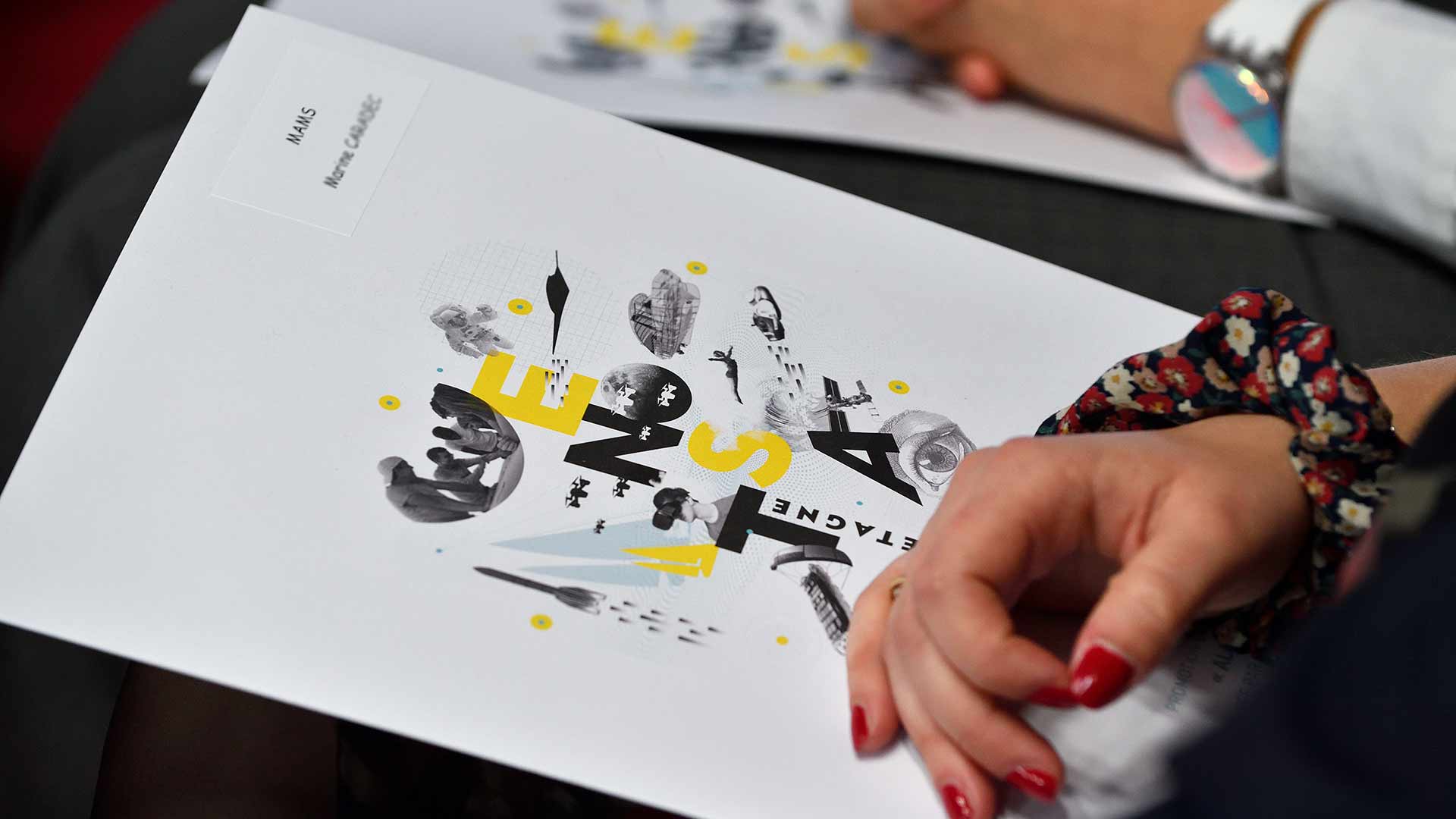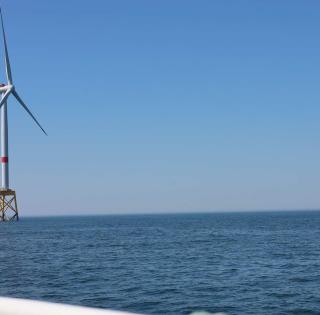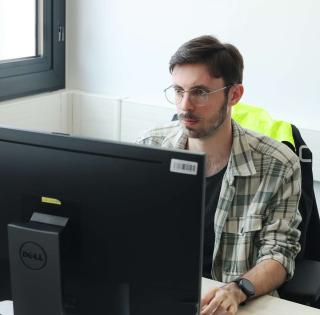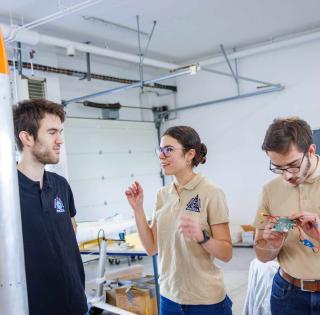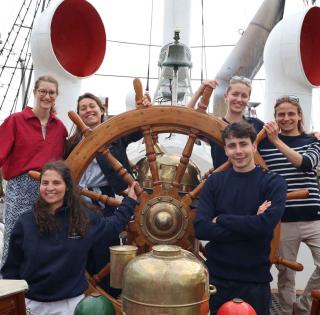
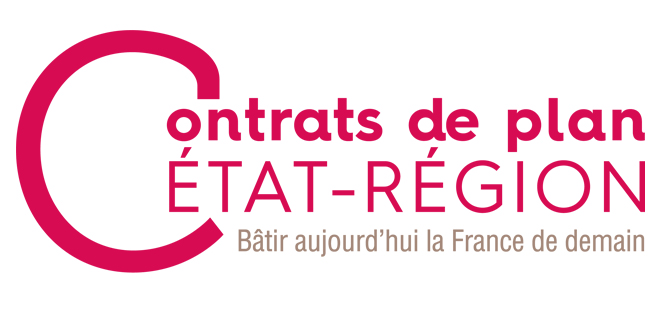
The Brittany CPER was signed on Tuesday, March 15, 2022 by the Prime Minister and the President of Brittany Regional Council.
A longstanding tool of public policies, contracts for regional development between French Regions and the State (CPER) represent instrumental investments for local areas. The strong ambitions of the new CPER 2021-2027, on which preparations began during the health crisis, are backed up by unprecedented investments, with a €400m appropriation earmarked for higher education and research in Brittany.
In total, ENSTA Bretagne has received €21.250m in financial assistance through the Brittany CPER.
This funding will go towards acquiring experimental facilities for running 6 scientific programs, in mechanical science and information & communication science & technology. It will also be used to build and renovate buildings on the ENSTA Bretagne campus: renovation of the students’ residence, a new robotics building and energy retrofitting in the school.
The 6 scientific projects selected
IF-SYS-MER (marine engineering, ship design)
The IF-SYS-MER project is led by ENSTA Bretagne and managed by Sylvain Calloch, a research professor at ENSTA Bretagne and the IRDL laboratory (Institut de Recherche Dupuy de Lôme).
The aim is to cement Brittany’s leadership in marine engineering and ship design while factoring in the current and future challenges of offshore systems.
The scientific project encompasses the key themes of systems in dynamic interaction with the marine environment, where the performance requirements are high, whether it concern civil vessels, military submarines and vessels or offshore marine energy platforms: new materials, structural aging, assemblies, characterization of pressures and effects of the marine environment and marine energy conversion systems.
7 partner institutions are involved in IF-SYS-MER, including 2 universities (UBS, UBO) and 5 engineering schools (écoles d’ingénieurs: ENSTA Bretagne, ENIB, Ecole Navale, IMT Atlantique and INSA de Rennes), alongside 4 Brittany-based research laboratories (IRDL, IRENAV, LAB-STICC and LGCGM).
- The project’s overall budget amounts to €6.75m, €3.329m of which is funded by the CPER.
ObsOCéan (observation of the oceans)
Led by IFREMER, ObsOcéan brings together the French Naval Hydrographic and Oceanographic Service (SHOM), UBO, Météo France, the CNRS, ENSTA Bretagne and ISEN.
It is aimed at shoring up Brittany-based stakeholders’ foothold in in-situ ocean observation: from the surface to the seabed, from coastal to offshore and from large-scale to high-resolution.
- The funding secured by the school will go towards acquiring and improving ocean observation systems, with €320k coming from the CPER. Contact: Pierre Bosser, research professor at ENSTA Bretagne / Lab-STICC.
SpaceTechDroneTech( space technologies and drones)
Led by UBO, this project sets out to consolidate research and innovation in terms of small satellites, drones and potential applications, through the deployment of dedicated infrastructure.
It includes the acquisition of various pieces of equipment including, for ENSTA Bretagne, kitting out a new robotics building, renovating the anechoic chamber and new facilities for observing the environment.
4 laboratories (Lab-STICC, IRENAV, IETR and IPR) are making a joint contribution; they represent 9 institutions in Brittany: ENSTA Bretagne, UBO, IMT Atlantique, ENIB, Ecole Navale, the CNRS, INSA and Université de Rennes 1.
- The CPER is contributing €1.570m towards the experimental facilities. Contacts: Ali Khenchaf and Fabrice Le Bars, both research professors at ENSTA Bretagne / Lab-STICC.
RACAM (interconnected simulation equipment for maritime cybersecurity)
Led by ENSTA Bretagne with UBS also participating, the project lead is Benoît Zerr, a research professor at ENSTA Bretagne’s Lab-STICC.
The RACAM project is aimed at implementing life-size interconnected simulation equipment for maritime cybersecurity.
- The school will receive €2.360m in support through the CPER to put towards acquiring this equipment.
Industrie du futur (digitization of industry)
The project is led by UBS, the aim being to develop a regional platform meeting the key issues shaping the digitization of industry.
- €170k worth of funding will contribute to purchases of experimental facilities at ENSTA Bretagne. Contact: Joël Champeau, research professor at ENSTA Bretagne / Lab-STICC.
Mat & Trans (materials for the ecological transition)
Led by Université de Rennes 1, Mat&Trans sets out to support multidisciplinary activities in materials for transition and sustainability.
The school is aiming to acquire high-precision equipment for pyrotechnics, as well as a high-speed camera among other pieces of apparatus.
- The CPER is contributing €300k towards the purchase of such equipment. Contact: Michel Arrigoni, research professor at ENSTA Bretagne / IRDL.
Aid for real estate investments
Energy retrofit and renovation of the students’ residence.
With financial support of up to €10m, this project will pave the way to the installation of bathrooms and kitchenettes in each dorm room of the residence’s 6 buildings, which will be renovated to improve their energy performance too.
7 stages are planned: an initial study phase followed by 6 work stages in order to minimise impact on the capacity to welcome students living at the school.
It is hoped that the whole works campaign will be completed in 2027.
Energy retrofit of the campus
This involves renovating the roof terraces and replacing the doorframes of several old buildings. Financial assistance for the campus’ energy retrofit amounts to €1.4m.
Construction of a robotics building
€1.8m has been earmarked for the construction of a scientific building dedicated to robotics. It is scheduled to be operational from 2024.






